Mustafa E. Kamasak
Nonlocal Adaptive Direction-Guided Structure Tensor Total Variation For Image Recovery
Aug 28, 2020



Abstract:A common strategy in variational image recovery is utilizing the nonlocal self-similarity (NSS) property, when designing energy functionals. One such contribution is nonlocal structure tensor total variation (NLSTV), which lies at the core of this study. This paper is concerned with boosting the NLSTV regularization term through the use of directional priors. More specifically, NLSTV is leveraged so that, at each image point, it gains more sensitivity in the direction that is presumed to have the minimum local variation. The actual difficulty here is capturing this directional information from the corrupted image. In this regard, we propose a method that employs anisotropic Gaussian kernels to estimate directional features to be later used by our proposed model. The experiments validate that our entire two-stage framework achieves better results than the NLSTV model and two other competing local models, in terms of visual and quantitative evaluation.
Adaptive Direction-Guided Structure Tensor Total Variation
Jan 16, 2020



Abstract:Direction-guided structure tensor total variation (DSTV) is a recently proposed regularization term that aims at increasing the sensitivity of the structure tensor total variation (STV) to the changes towards a predetermined direction. Despite of the plausible results obtained on the uni-directional images, the DSTV model is not applicable to the multi-directional images of real-world. In this study, we build a two-stage framework that brings adaptivity to DSTV. We design an alternative to STV, which encodes the first-order information within a local neighborhood under the guidance of spatially varying directional descriptors (i.e., orientation and the dose of anisotropy). In order to estimate those descriptors, we propose an efficient preprocessor that captures the local geometry based on the structure tensor. Through the extensive experiments, we demonstrate how beneficial the involvement of the directional information in STV is, by comparing the proposed method with the state-of-the-art analysis-based denoising models, both in terms of restoration quality and computational efficiency.
An Efficient Framework for Visible-Infrared Cross Modality Person Re-Identification
Jul 15, 2019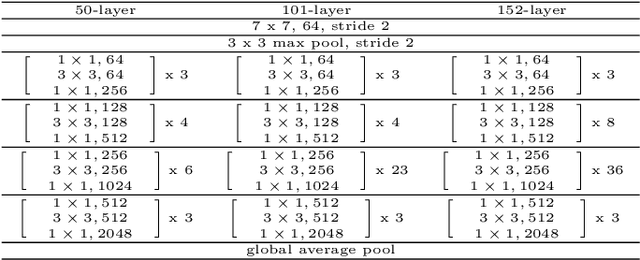

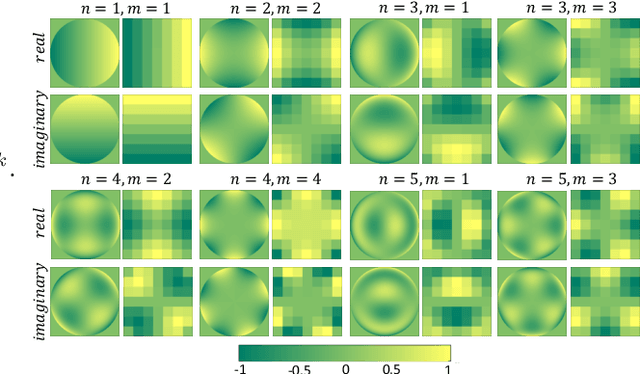

Abstract:Visible-infrared cross modality person re-identification (VI-ReId) is an important task for video surveillance in poorly illuminated or dark environments. Despite many recent studies on person re-identification in visible domain (ReId), there are few studies dealing with VI-ReId. Besides challenges that are common for both ReId and VI-ReId such as pose/illumination variations, background clutter and occlusion, VI-ReId has additional challenges as color information is not available in infrared images. As a result, the performance of VI-ReId systems is typically lower than ReId systems. In this work, we propose a 4-stream framework to improve VI-ReId performance. We train a separate deep convolutional neural network in each stream using different representations of input images. We expect that different and complementary features can be learned from each stream. In our framework, grayscale and infrared input images are used to train the ResNet in the first stream. In the second stream, RGB and 3-channel infrared images (created by repeating infrared channel) are used. In the remaining two streams, we use local pattern maps as input images. These maps are generated utilizing local Zernike moments transformation. Local pattern maps are obtained from grayscale and infrared images in the 3rd stream and from RGB and 3-channel infrared images in the last stream. We improve the performance of the proposed framework by employing a re-ranking algorithm for post processing. Our results indicate that the proposed framework outperforms current state-of-the-art on SYSU-MM01 dataset with large margin by improving Rank-1/mAP by 34.2%/37.9% and 37.4%/34.8% under all-search and indoor-search modes, respectively.
Human Semantic Parsing for Person Re-identification
Mar 31, 2018
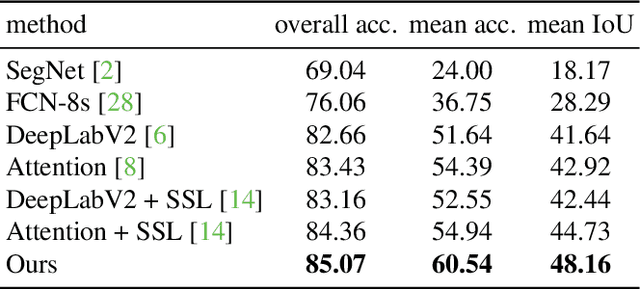
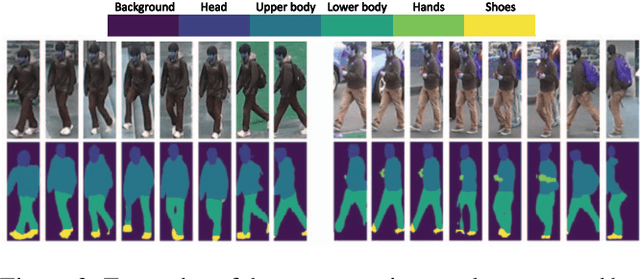
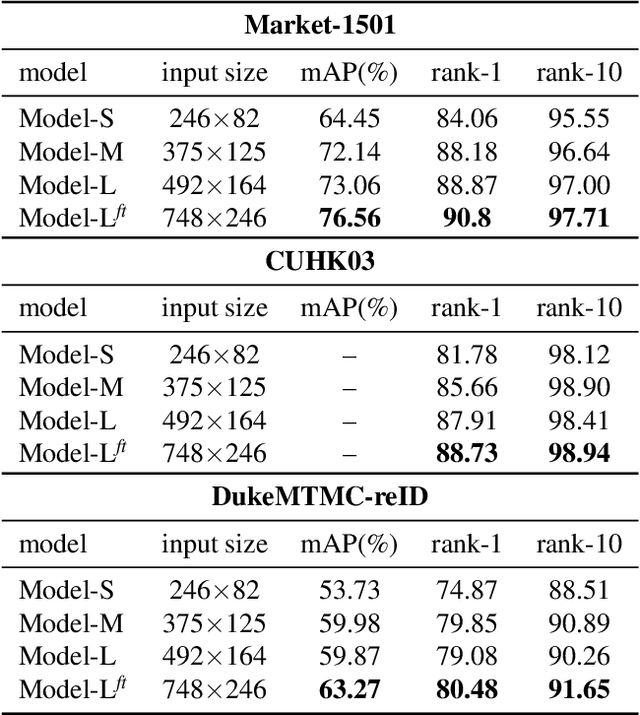
Abstract:Person re-identification is a challenging task mainly due to factors such as background clutter, pose, illumination and camera point of view variations. These elements hinder the process of extracting robust and discriminative representations, hence preventing different identities from being successfully distinguished. To improve the representation learning, usually, local features from human body parts are extracted. However, the common practice for such a process has been based on bounding box part detection. In this paper, we propose to adopt human semantic parsing which, due to its pixel-level accuracy and capability of modeling arbitrary contours, is naturally a better alternative. Our proposed SPReID integrates human semantic parsing in person re-identification and not only considerably outperforms its counter baseline, but achieves state-of-the-art performance. We also show that by employing a \textit{simple} yet effective training strategy, standard popular deep convolutional architectures such as Inception-V3 and ResNet-152, with no modification, while operating solely on full image, can dramatically outperform current state-of-the-art. Our proposed methods improve state-of-the-art person re-identification on: Market-1501 by ~17% in mAP and ~6% in rank-1, CUHK03 by ~4% in rank-1 and DukeMTMC-reID by ~24% in mAP and ~10% in rank-1.
 Add to Chrome
Add to Chrome Add to Firefox
Add to Firefox Add to Edge
Add to Edge